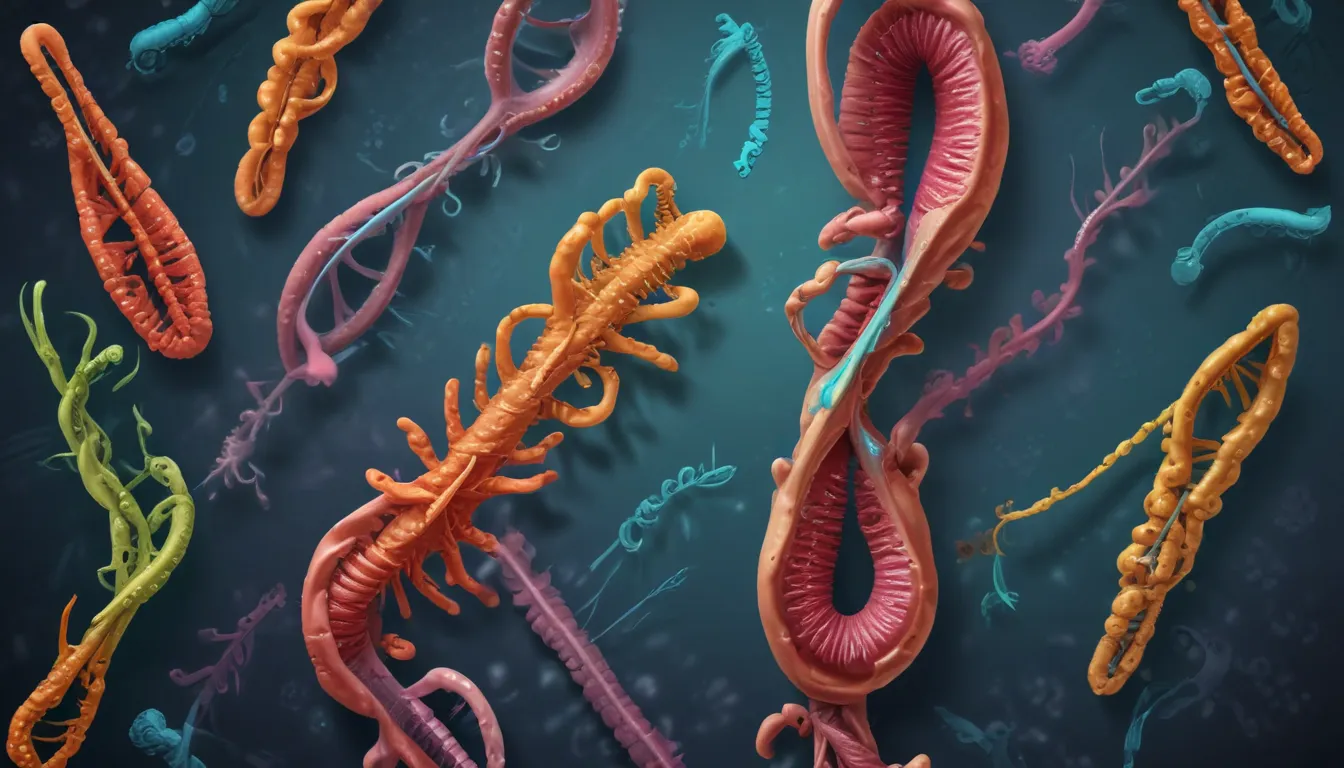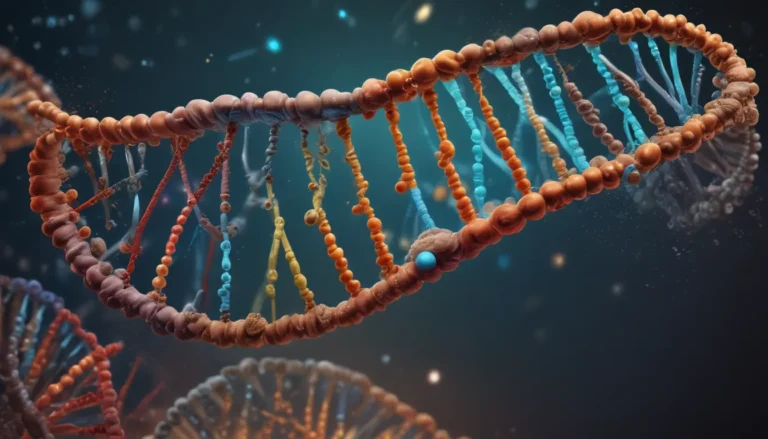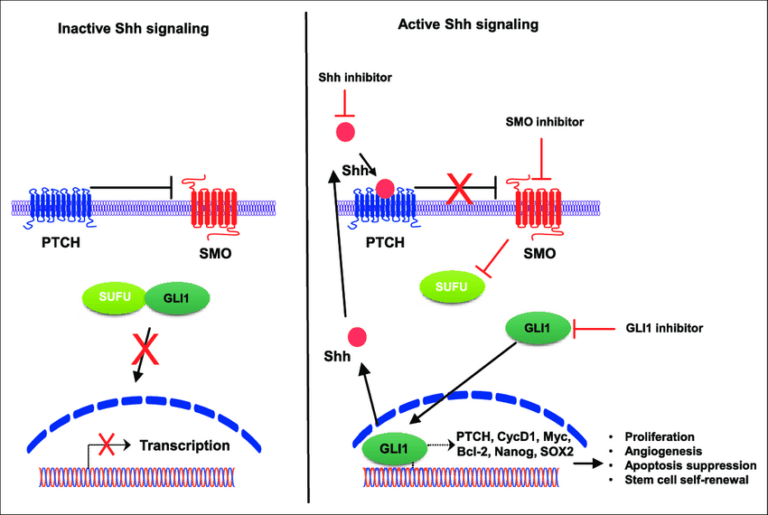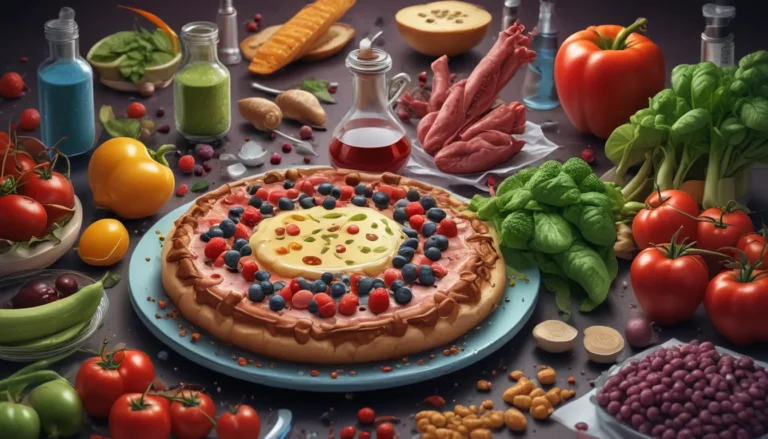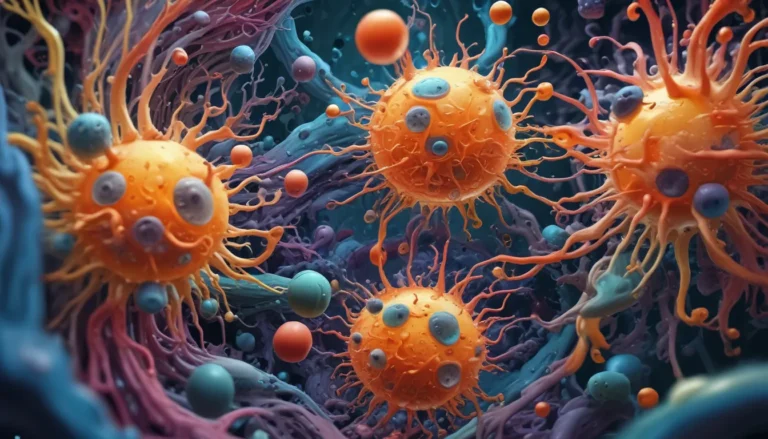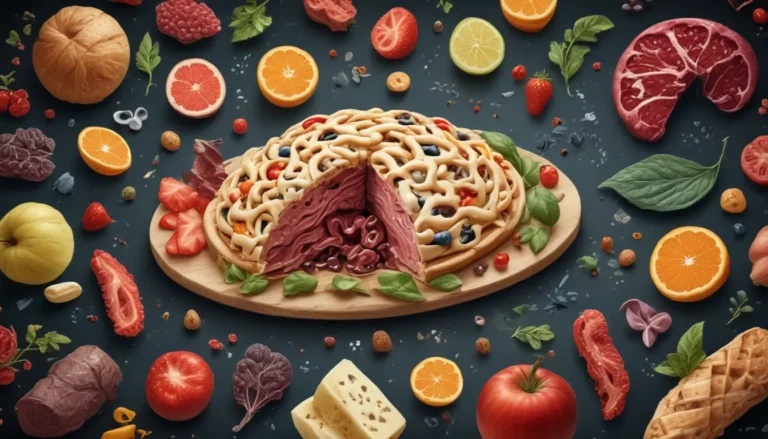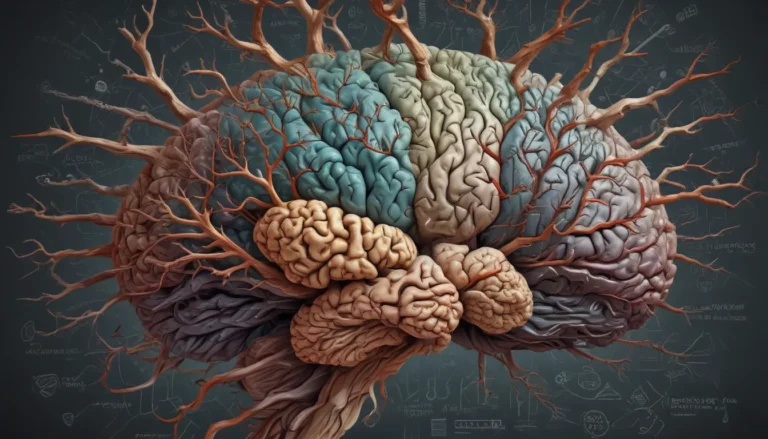A Note About Images: The images used in our articles are for illustration purposes only and may not exactly match the content. They are meant to engage readers, but the text should be relied upon for accurate information.
Are you ready to embark on a journey into the captivating realm of chromosomal crossover? This fascinating biological process is a vital player in the world of genetics and evolution, shaping the diversity of life as we know it. From its role in genetic diversity to its impact on DNA repair and inheritance, chromosomal crossover holds the key to unlocking the mysteries of our genetic makeup.
Delving into the World of Chromosomal Crossover
Chromosomal crossover is like a genetic mix-and-match game during cell division, creating diverse offspring traits and helping in DNA repair. It’s nature’s way of spicing up the genetic recipe! This carefully controlled genetic dance ensures the right amount of diversity while preventing too much or too little, striking a delicate genetic balancing act for healthy inheritance.
Understanding the Essentials of Chromosomal Crossover
During meiosis, the specialized cell division process that produces gametes, chromosomal crossover occurs. It is an essential mechanism for genetic diversity, as it involves the exchange of genetic material between homologous chromosomes. This swapping of genetic information results in the mixing of traits in offspring, leading to increased genetic diversity within a species.
Unveiling the Mechanisms Behind Chromosomal Crossover
Chromosomal crossover occurs during the prophase I stage of meiosis, the longest phase of the process. This critical stage is where the magic happens, with genetic material being exchanged between chromosomes, increasing the variation and diversity of offspring traits. The frequency and location of these crossovers are not random, typically occurring at specific regions known as recombination hotspots.
Unraveling the Impact of Chromosomal Crossover
Chromosomal crossover plays a crucial role in DNA repair, as damaged DNA strands can be repaired by utilizing undamaged strands as templates. This process also allows for the independent assortment of genes, rearranging them on chromosomes for segregation during gamete formation. However, the frequency of crossovers can vary between individuals, influencing the pattern of genetic inheritance.
Exploring the Consequences of Chromosomal Crossover
Crossover events can lead to the formation of chiasmata, visualized as physical connections between homologous chromosomes under a microscope. These connections represent the sites of crossover events and can result in gene linkage, where genes located close together on the same chromosome are more likely to be inherited together.
Embracing the Complexity of Chromosomal Crossover
The frequency of crossovers decreases with the distance between genes, with genes located farther apart on a chromosome more likely to undergo crossovers. The mechanism of chromosomal crossover involves the formation and resolution of Holliday junctions, intermediate DNA structures critical for the exchange of genetic material.
Navigating the World of Genetics with Chromosomal Crossover
Chromosomal crossover is a finely regulated process, ensuring the proper recombination of genetic material while preventing excessive or insufficient crossovers. This intricate dance of genes and chromosomes is essential for genetic diversity, DNA repair, and the inheritance of traits, shedding light on the dynamics of genetic variation.
Celebrating the Pioneers in Genetics
The discovery of chromosomal crossover was made by Thomas Hunt Morgan, a pioneering researcher in the early 20th century. Through his groundbreaking work on fruit flies, Morgan provided evidence for the occurrence of chromosomal crossover, laying the foundation for further research in the field.
Embracing the Marvels of Evolution
Chromosomal crossover contributes to genetic diseases when a crossover event occurs in a region carrying a disease-causing mutation, increasing the risk of genetic disorders. Understanding the various aspects of chromosomal crossover enhances our knowledge of reproductive biology and evolution.
Conclusion: Embracing the Intricacies of Chromosomal Crossover
In conclusion, chromosomal crossover represents one of the many wonders of the biological world, unraveling the intricate dance of genes and chromosomes in their quest for variability and adaptation. From its role in genetic diversity to DNA repair and genetic inheritance, chromosomal crossover is a fundamental process that shapes the diversity of life on Earth.
FAQs: Navigating the World of Genetics
-
What is chromosomal crossover?
Chromosomal crossover is the exchange of genetic material between homologous chromosomes during meiosis, leading to genetic diversity and novel gene combinations. -
How does chromosomal crossover occur?
During meiosis, homologous chromosomes undergo physical exchange of DNA segments, occurring at specific sites called chiasmata. -
What is the significance of chromosomal crossover?
Chromosomal crossover plays a vital role in genetic diversity, creating unique gene combinations that promote adaptation and evolution. -
Can chromosomal crossover lead to genetic disorders?
Chromosomal crossover can contribute to genetic disorders when errors or abnormalities occur, leading to chromosomal rearrangements or mutations. -
How does chromosomal crossover contribute to evolution?
Chromosomal crossover introduces genetic variability into populations, allowing for natural selection to act upon new gene combinations, driving evolution.
Embark on a journey of discovery as you delve into the captivating world of chromosomal crossover, exploring the mysteries of genetics and evolution. With each fact revealing a new layer of complexity, you’ll gain a deeper understanding of the fundamental processes that shape life as we know it. Trust in our commitment to quality and authenticity as you uncover the wonders of genetics and the marvels of chromosomal crossover.
